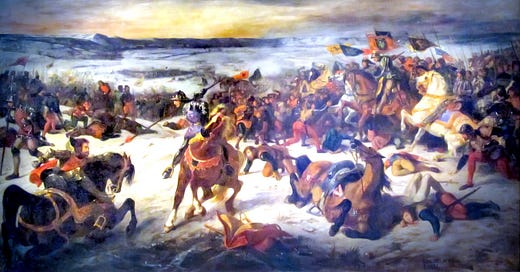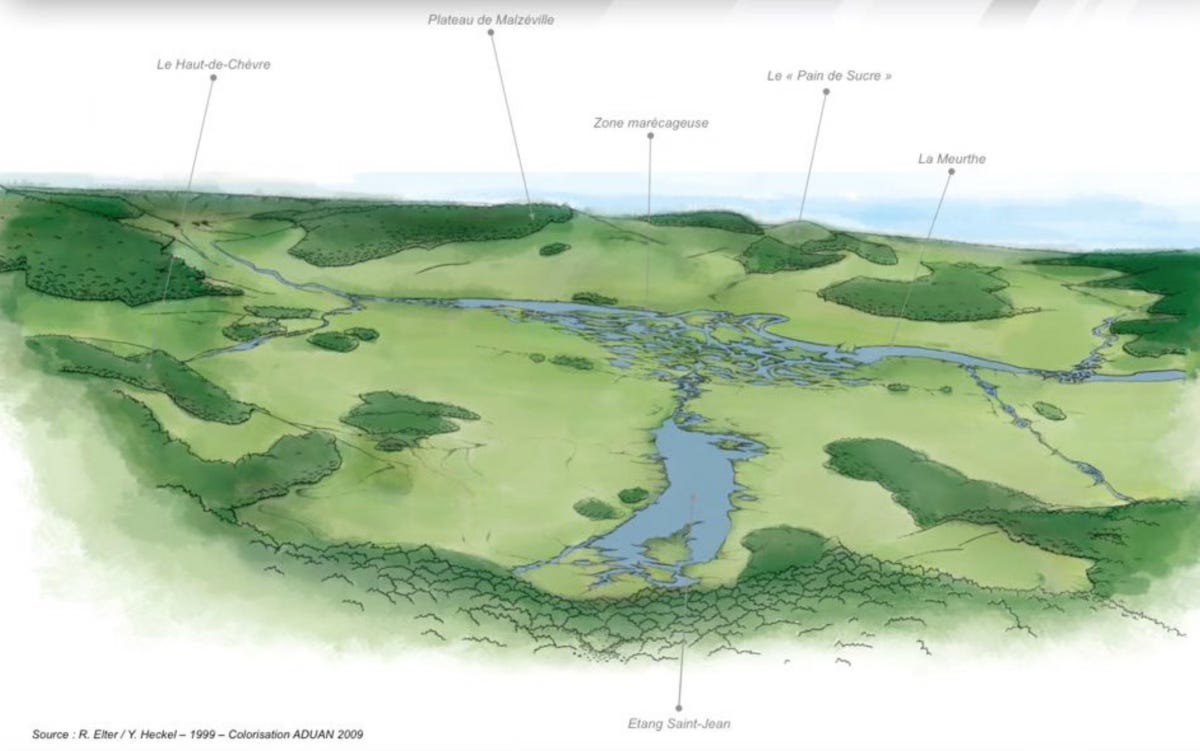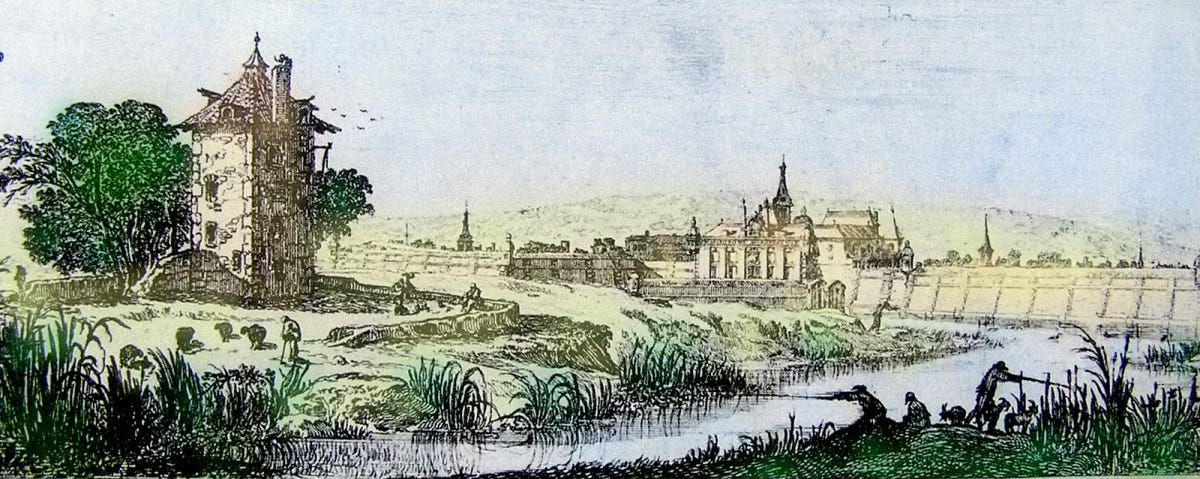Nancy’s Frozen Marshes: A 1477 Battlefield That Shaped Europe
How a Small Lorraine City Became the Stage for One of Europe’s Most Pivotal Battles–A Tale of Marshes, Kings, and Ambitions.
Nestled in the heart of Lorraine, Nancy is more than just a city for me—it’s home.
I was born here, and my memories of Nancy are inextricably linked to childhood visits to my grandmother’s house, her cosy warmth contrasting with the grandeur of the city’s architecture.
Nancy’s heritage has always fascinated me, from its stunning Art Nouveau masterpieces to the magnificent Place Stanislas and the storied streets of its old town.
This city is a treasure trove for anyone who loves history and architecture as much as I do.
Yet, Nancy’s charm goes beyond its beauty.
It’s a city that has seen moments of profound historical significance.
Take the Battle of Nancy, for instance.
It happened on January 5th, 1477—a date that marked a dramatic turning point in European history.
As I write this, the anniversary of that pivotal day was just before yesterday, and in two years, we’ll celebrate its 550th anniversary.
It feels almost surreal to walk the same ground where history was made.
But before we dive into the events of that fateful winter’s day, let’s set the stage.
Nancy’s story is one of resilience and reinvention, a city that rose from its humble beginnings in a marshy hollow to become the heart of a duchy.
Yes, marshy.
You see, long before Nancy was a city, it was a swamp.
And it’s in these very wetlands that our story begins.
The Marshy Beginnings of Nancy
Nancy’s origins are humbler than its grandeur suggests.
Around the 10th century, the area was a marshy basin between the Meurthe River and the Moselle hills.
The name Nancy itself may derive from the Celtic word “Nant,” meaning marsh.
Imagine a soggy, mosquito-infested patch of land—hardly the ideal site for a thriving city.
The marshes were fed by small streams and rainwater, creating a natural bowl of wetlands that stretched as far as the eye could see.
Locals avoided the area, favouring higher, drier ground for their settlements.
Yet, it was here that the young Duke Gérard of Alsace decided to build a fortress in 1061.
This decision was strategic rather than aesthetic.
The marshy landscape, though challenging, offered natural defenses against invaders.
The fortress, surrounded by waterlogged terrain, became a formidable stronghold and the nucleus for what would eventually grow into the town of Nancy.
Over time, the settlement expanded outward, slowly taming the wetlands and establishing roads and structures that would pave the way for the bustling city we know today.
The swampy landscape also influenced the city’s early economy.
Fish from the marshes provided sustenance, and the abundance of reeds was used for crafting mats, baskets, and roofing materials.
The transformation of this inhospitable terrain into a livable space is a testament to the resilience and ingenuity of Nancy’s early inhabitants.
The Historical Build-Up
Keep reading with a 7-day free trial
Subscribe to French Moments Newsletter to keep reading this post and get 7 days of free access to the full post archives.







